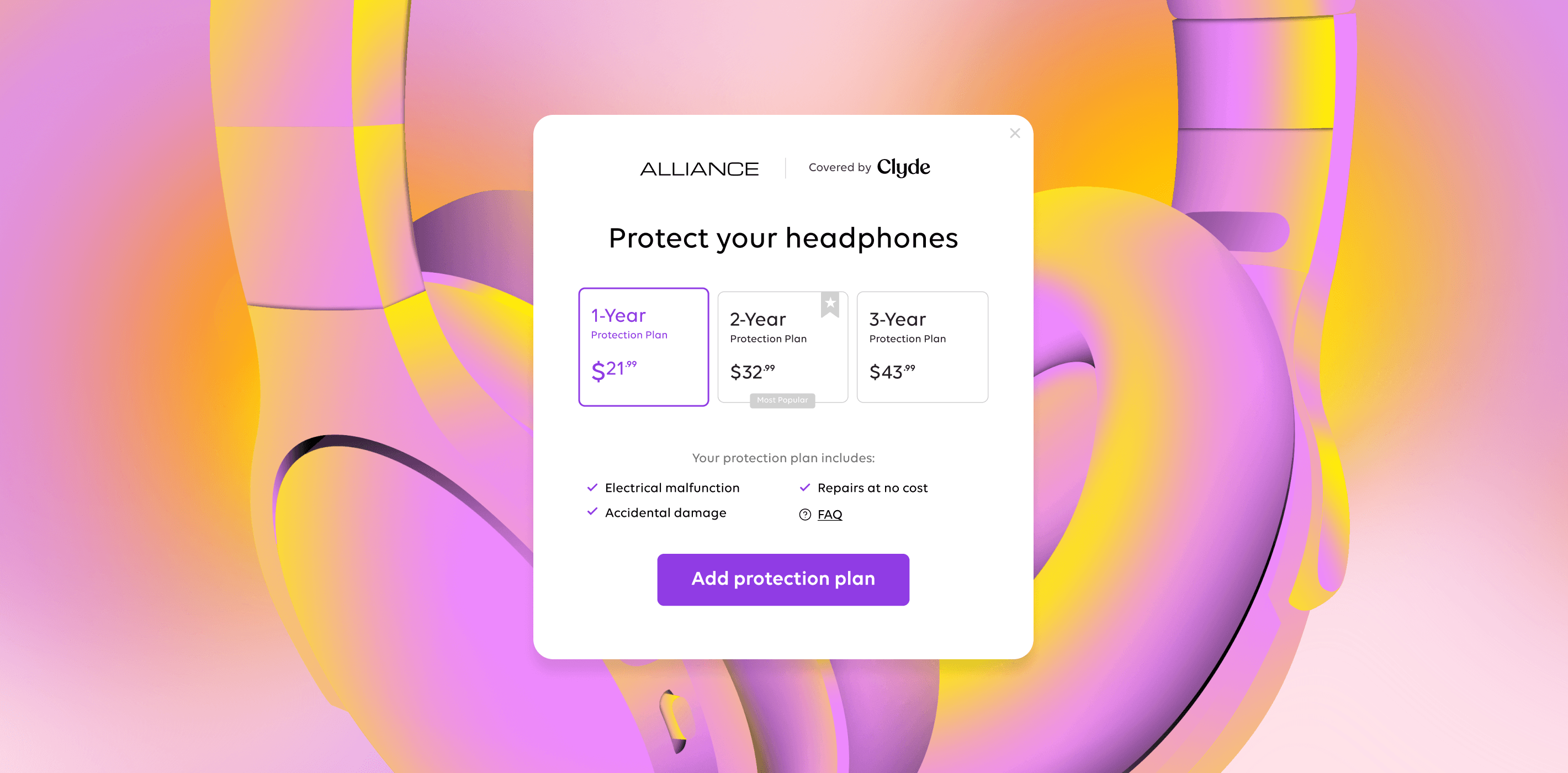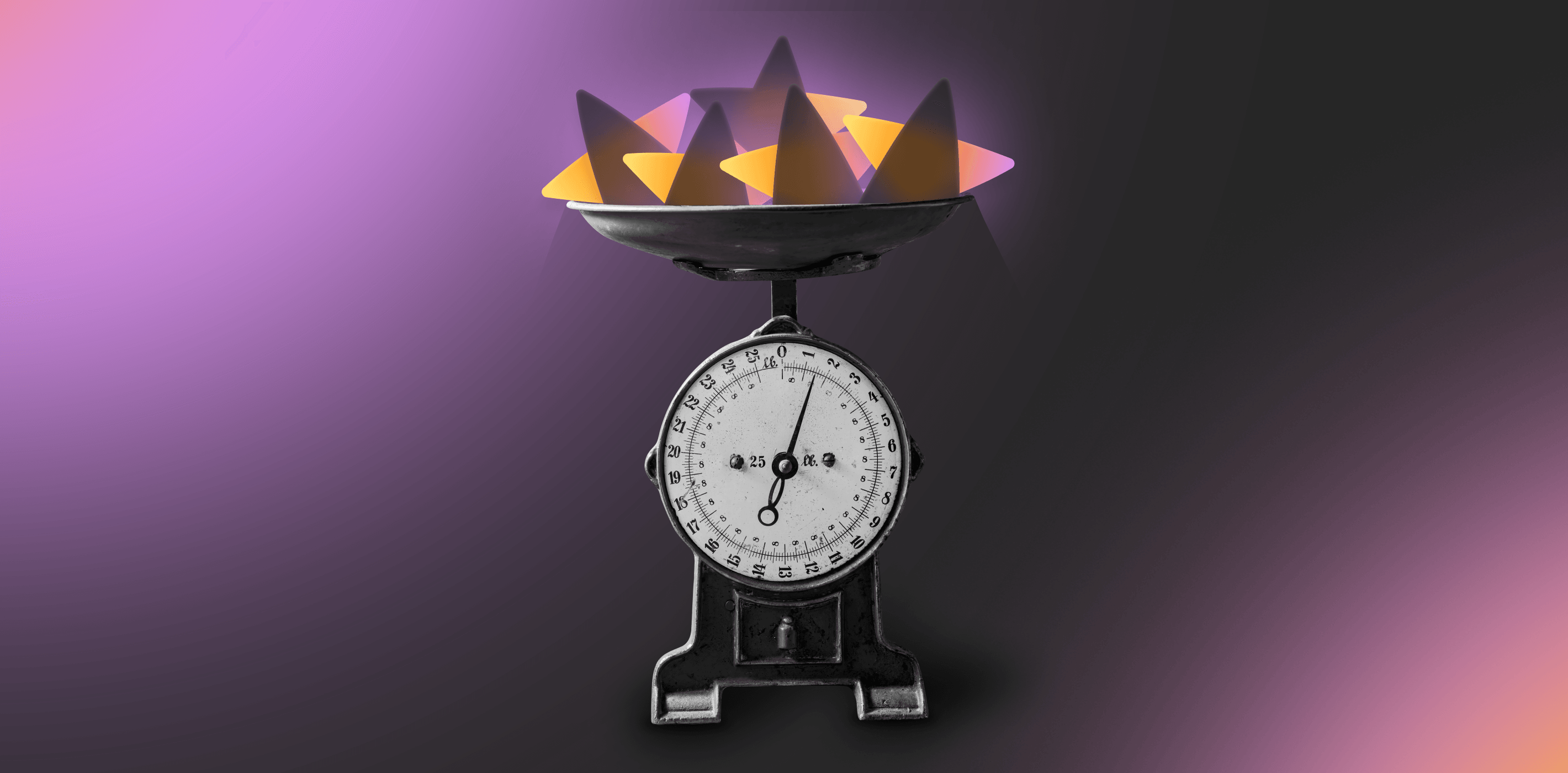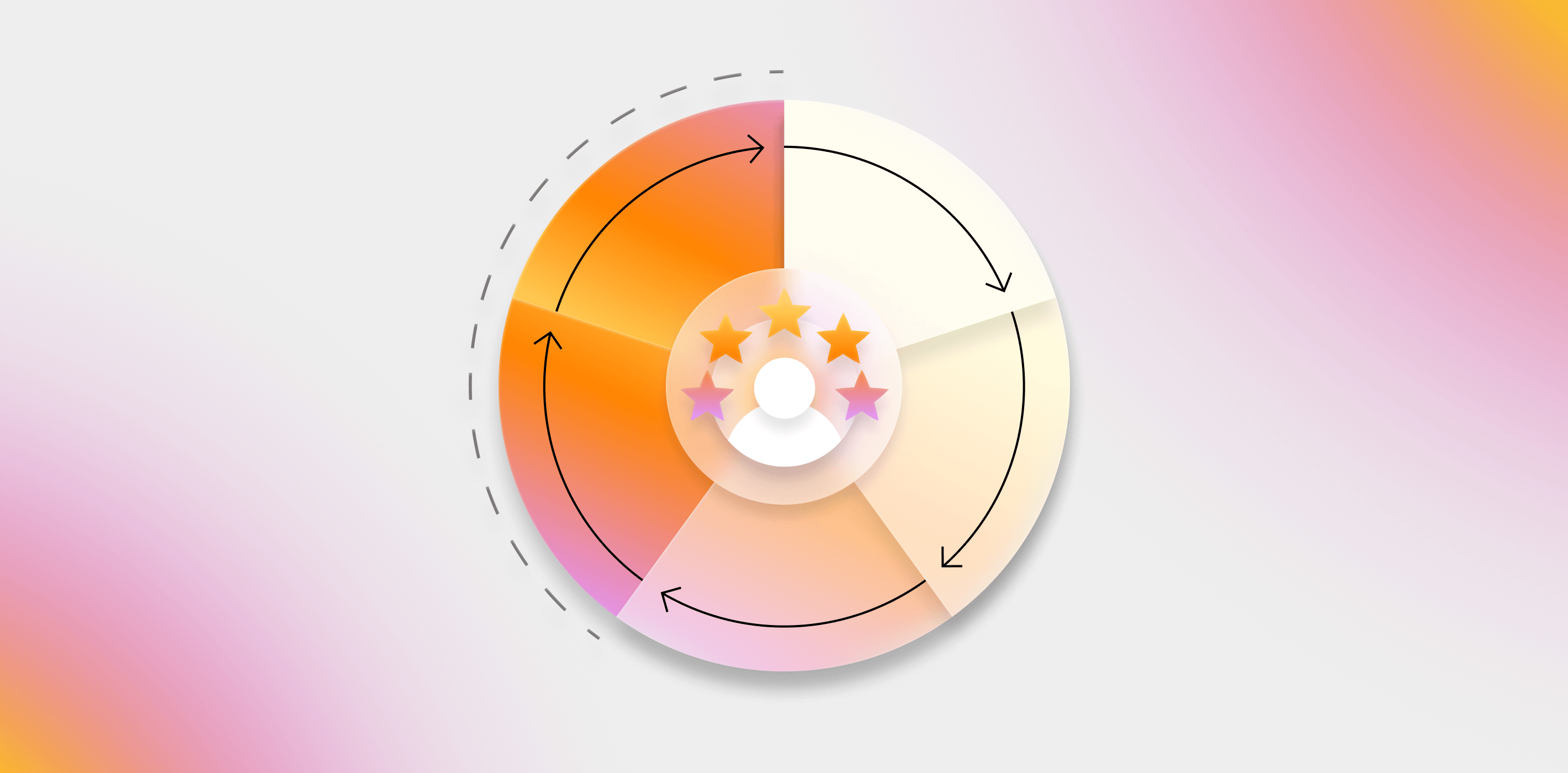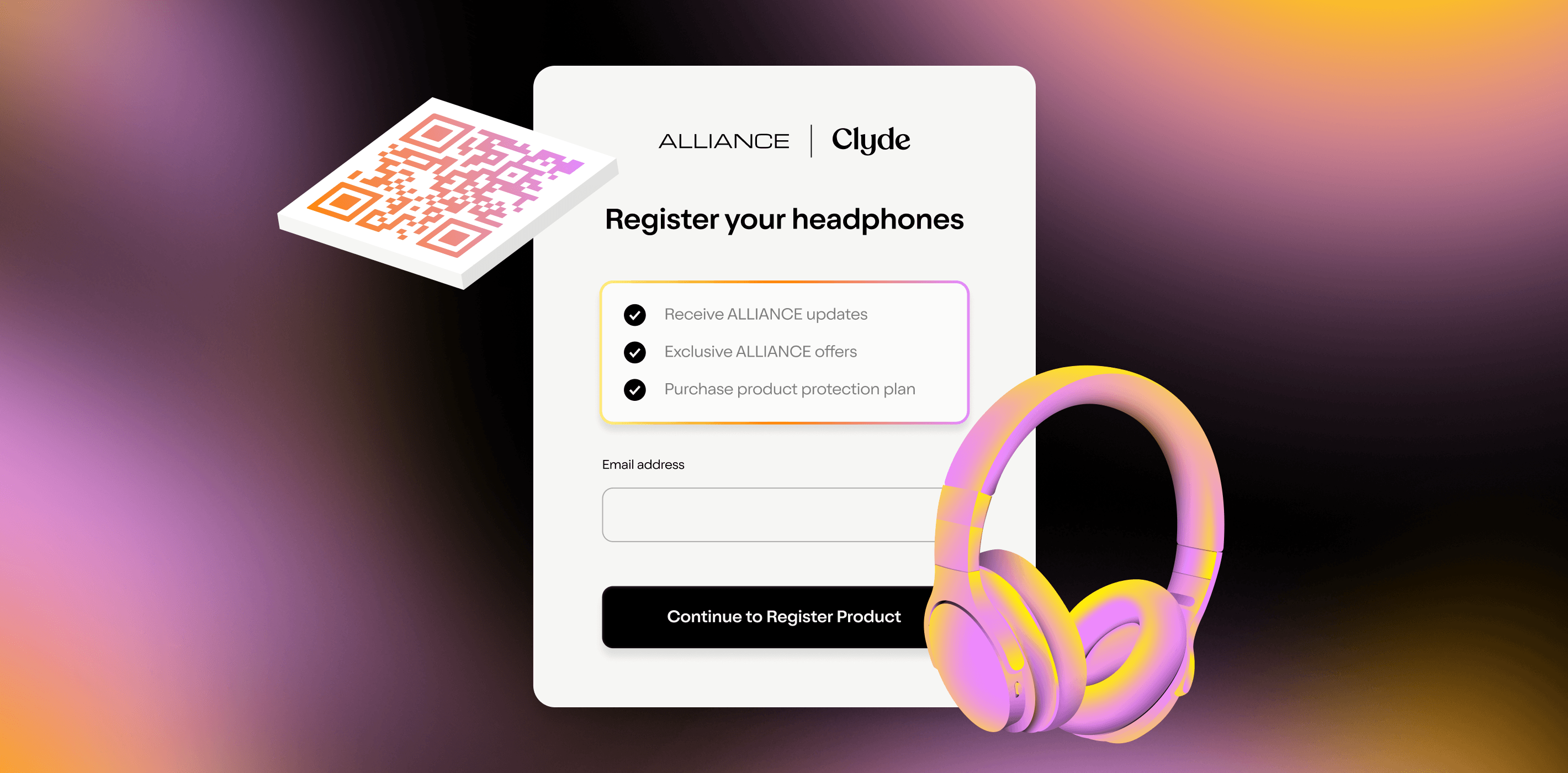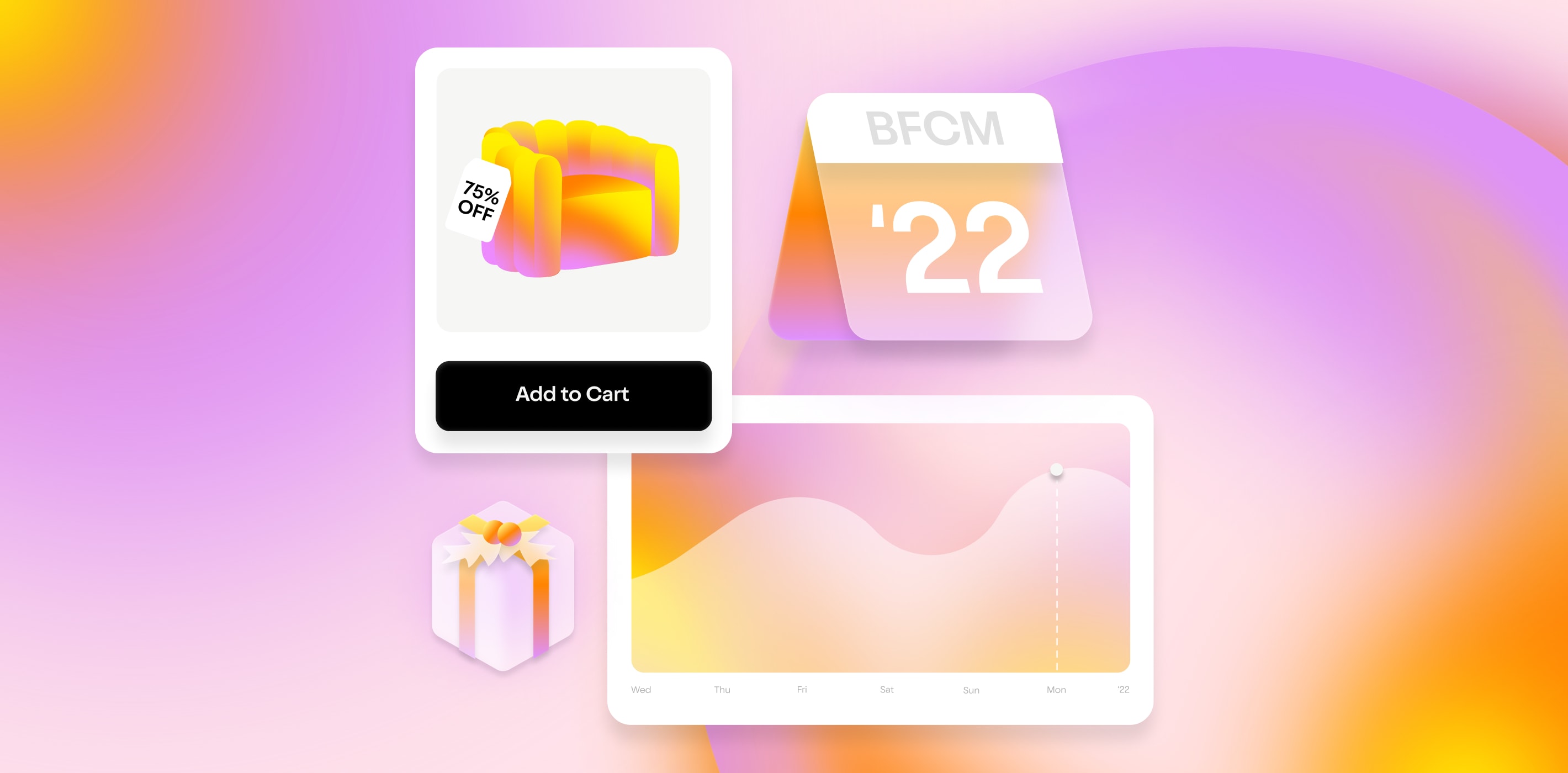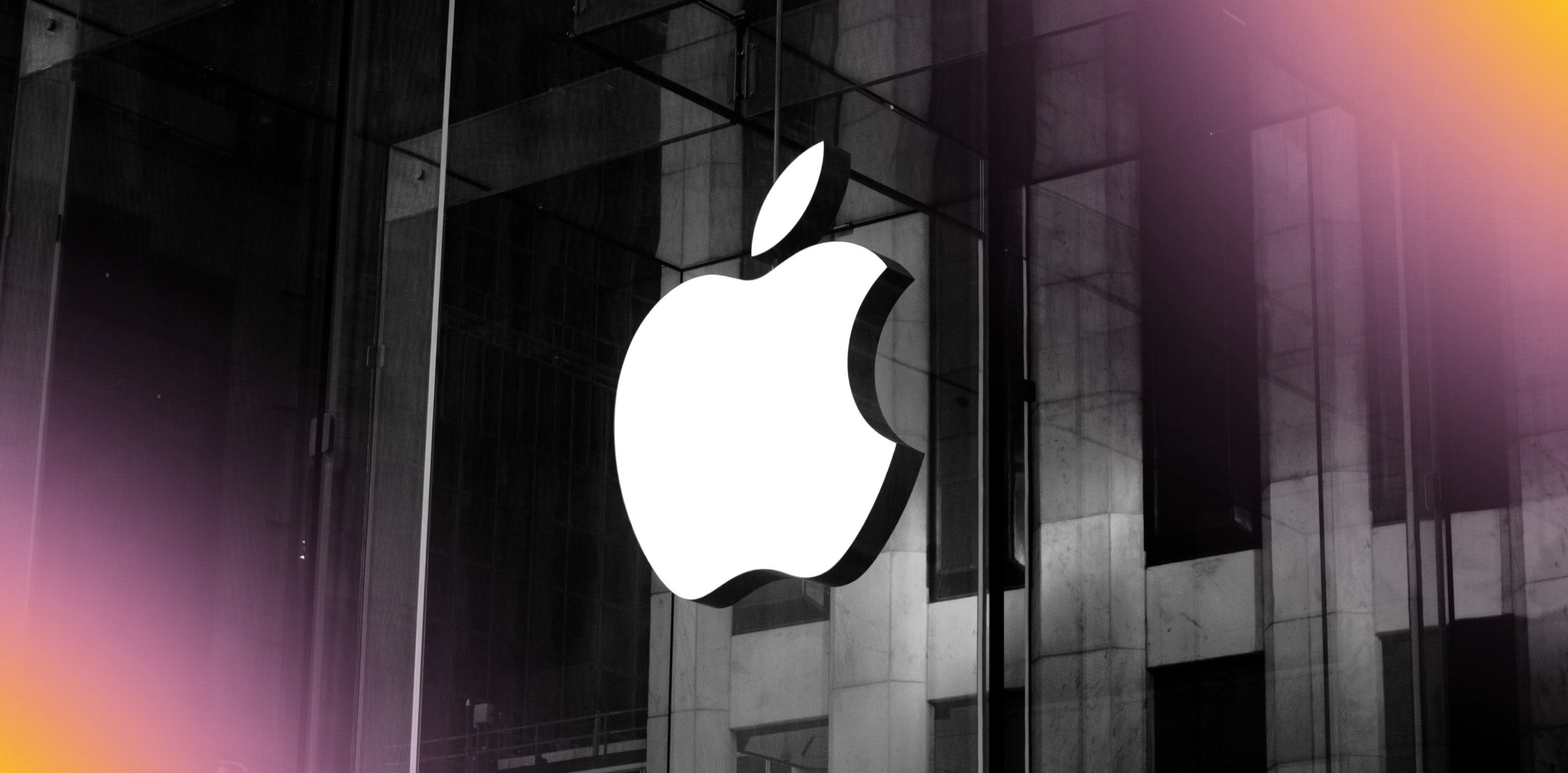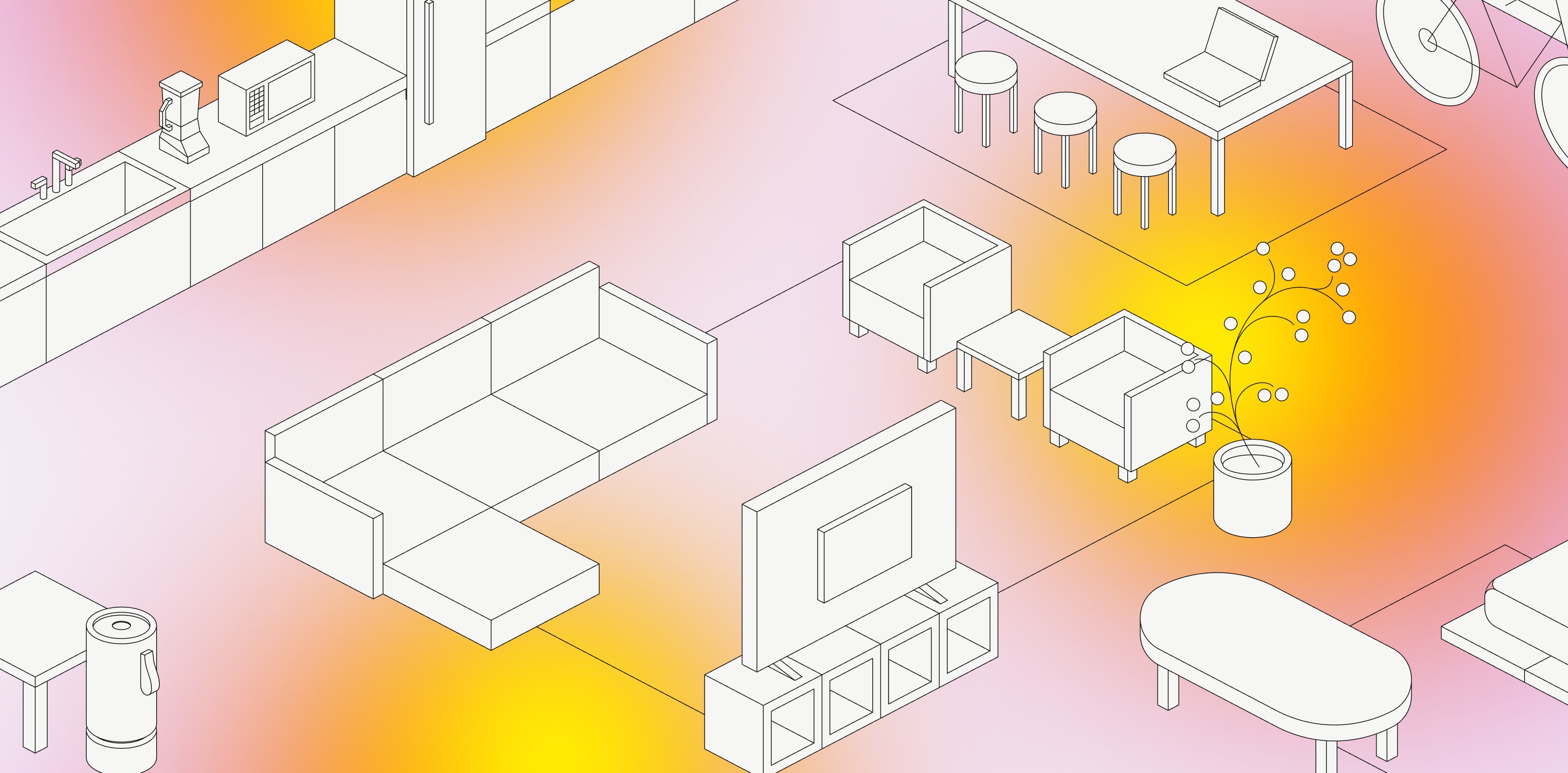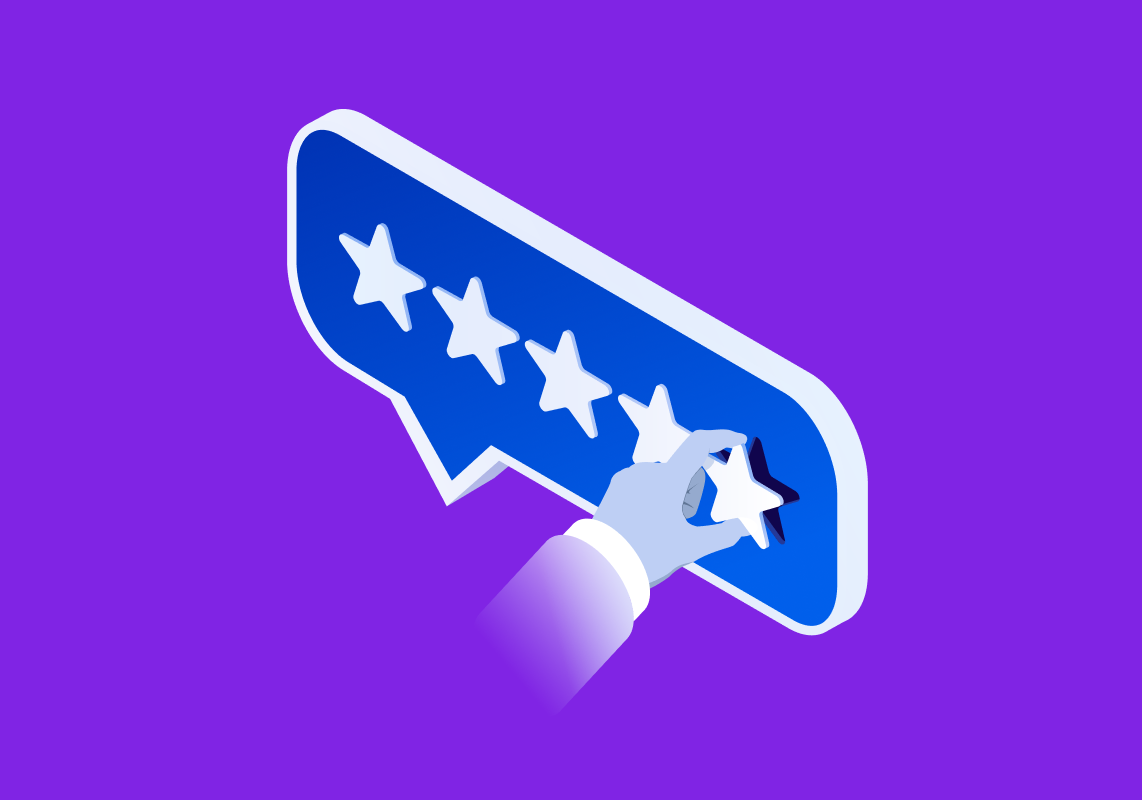If retailers had to force-rank their customers, who do you think they’d put first?
It might seem like all customers are created equal. One person’s money is as good as the next, right?
But there’s a difference between a good customer and a great one.
A good customer is one who buys your product. Their credit card goes through at checkout. If they have to end up calling customer support, they’re not jerks about it. And maybe they even leave a review or fill out your satisfaction survey after they’ve gotten their product, paying it forward for the next customer.
But a great customer buys your product repeatedly. They’re not just giving you money in exchange for something they need — they are bought into your brand’s values and the community you’ve created around them. They feel emotionally connected to your product, which means they’re excited to learn more about it, care for it, and upgrade or expand their collection of it when the time is right.
Great customers have high lifetime values (LTVs). That’s important, because the cost of acquiring new customers (CAC) is only continuing to rise, thanks to a crowded marketplace, less available audience data, and more platforms to create advertising content for.
It’s high time for retailers to be identifying the customers that are best for them in the long run — and then doing everything they can to keep them.
The best customers are ones who are loyal to your brand and have the resources to buy what you’re selling. Finding that sweet spot is hard, but not impossible, and offering an extended warranty program can help.
Why brand loyalty matters
There’s a greengrocer down the street from my house. It’s conveniently located and it has great prices.
Yet every few days, I find myself walking an extra few blocks past that greengrocer to stop by a different place when I need to restock my fruit bowl. It’s smaller and has fewer options and higher prices. But I keep coming back.
The farther-away vendor has won my loyalty by providing a better, richer experience than her competitor. Even though her apples cost more, I’d rather pay the few cents extra and enjoy chatting with her, seeing what fresh herbs she has beautifully displayed at the till, and biting into one of the cherries she presses into my hand after I pay.
I’m like any other consumer: driven to spend my money in ways that might be impractical from a cost perspective because they better line up with my chosen values.
Customers spend more with the brands they’re most loyal to, helping those companies grow their revenue to be 2.2x as much as their competitors, per a Bain report .
And that growth only compounds. “The closer a company’s purpose aligns to their [customers’] own beliefs, the better,” wrote Accenture in their report on the rise of the purpose-led brand .
Accenture suggests three guiding principles to start articulating your purpose to your audience:
Be human. 64% of consumers think more positively about brands that actively communicate their purpose.
Be clear and authentic in all of your communication. 65% of consumers are influenced to buy a product via what they see of your company culture, from ads to employee social posts.
Be creative. From Lego inviting their customers to submit ideas for new products to DHL hosting innovation workshops with customers, brands can invite their buyers behind the curtain and use them to make their products better.
Creating loyalty is all about forming a genuine emotional connection with buyers. Once your message is out there, how do you get customers to engage on it?
5 ways to build emotional attachment with your customers
Consider these ideas, some informed by Havas Group’s survey of 395,000 international consumers on what makes them connect with brands:
Create meaningful experiences. 66% of consumers want more meaningful experiences from brands. That might look like experiential retail , like offering classes in an in-person community space or hosting traveling pop-ups .
Show support to your community in times of crises. It’s what 77% of consumers expect, especially when it comes to brands proving that they care for the planet and are looking to save consumers money. As examples: Home Depot donating $50,000 to help rebuild after last year’s Colorado wildfires and banks waiving predatory overdraft fees during the pandemic.
Lean into inclusion. From stock photos to influencer partnerships , you need to show your customers that you care about diversity and inclusion. 76% of Gen Z feels D&I is an important topic for brands to address — and 72% of millennials, 63% of Gen Xers, and 46% of baby boomers feel the same, per a Quantilope report .
Provide helpful, not just marketing, content. That means going beyond slick advertisements and creating practical resources that help your customers care for their products, get the most use out of them, and connect with other people who love them as much as they do.
Offering extended warranties. In a 2015 survey , Ipsos found that consumers who buy service contracts or extended warranties have a “stronger emotional attachment” to the products they buy.
Why warranties work for buyers and retailers
It makes sense that warranties drive emotional connection: consumers care about the product enough to want to be covered if anything were to happen to it, and then that peace of mind helps them feel good about the product and the company that made it.
But it’s not just that those customers are more loyal. They also spend more on an average basis.
Customers who purchase extended warranties are more likely to be high-value customers.
Monika M. Heinig, PhD, Clyde’s Director of Data Science and Analytics, shares the following stats:
For Clyde merchants, an average sale with an extended warranty contract is $752. Without it, it’s $370.
The product price of goods purchased with a contract are always higher than goods purchased without — and for Clyde retailers, that price is more than doubled.
Investing in ownership enrichment pays off
What do the five ideas above, from meaningful brand experiences to extended warranty options, have in common?
They all center around the idea of ownership enrichment.
They don’t imagine that the relationship between a retailer and a customer ends as soon as that customer receives their order.
Instead, they invest in an ongoing relationship, working to make the experience of owning one of your products an enjoyable and engaging one.
That can look like surprise-and-delighting your customers when they reach out for help. Or releasing a beautiful ad campaign that celebrates your community and makes your customers feel proud to be part of it. Or offering an easy-to-use claims system that looks out for your customers when something goes wrong.
Because when brands go above and beyond to offer a great ownership experience, consumers take notice. They build emotional connections.
And they show up, month after month and year after year, becoming the best kind of customer of all: a lifelong one.
Learn more about how Clyde’s users attract better customers via extended warranties.
SIGN UP FOR OUR NEWSLETTER
